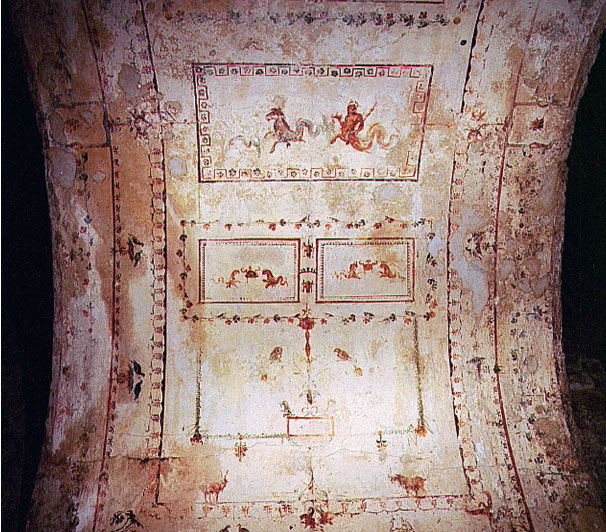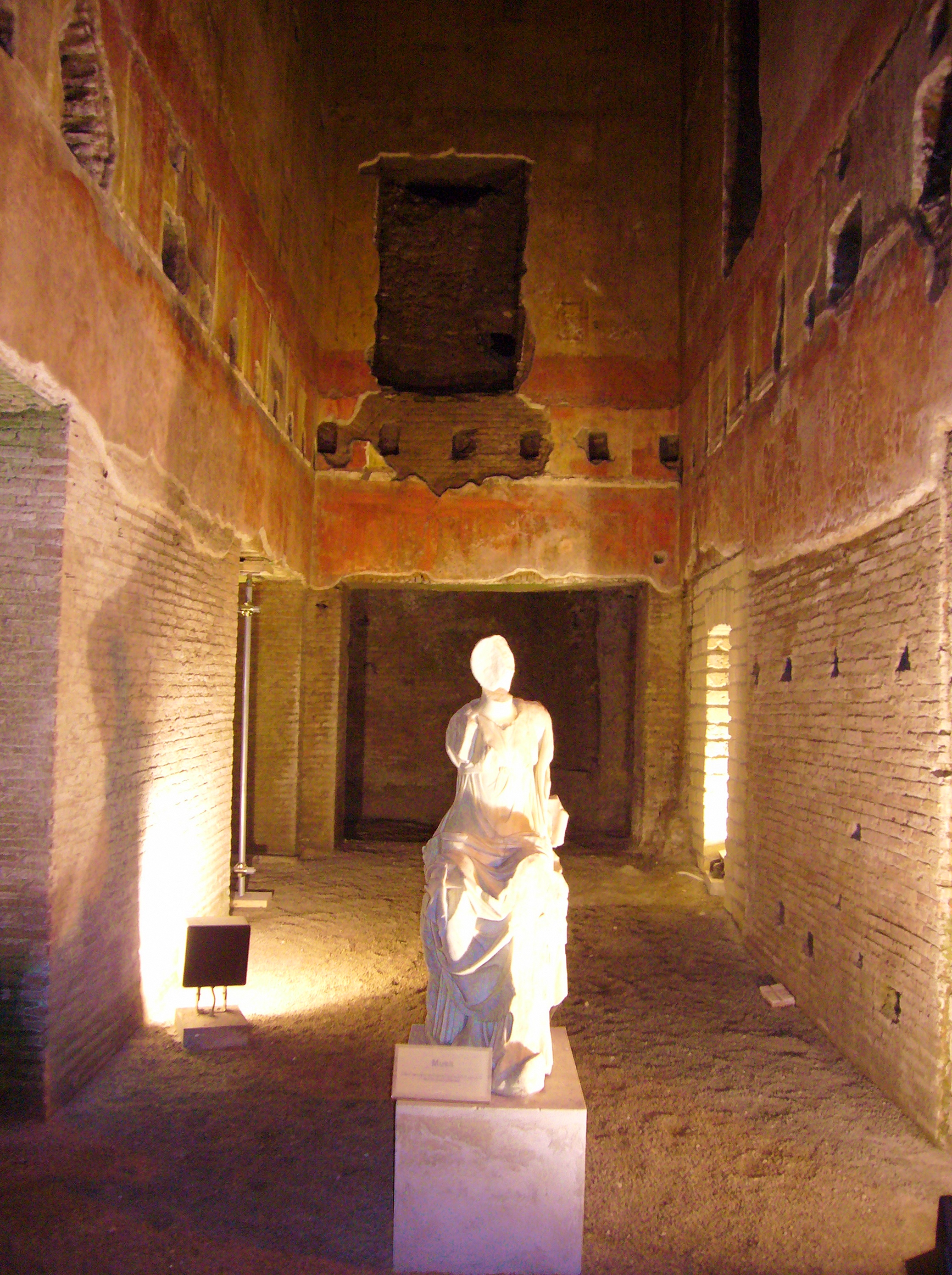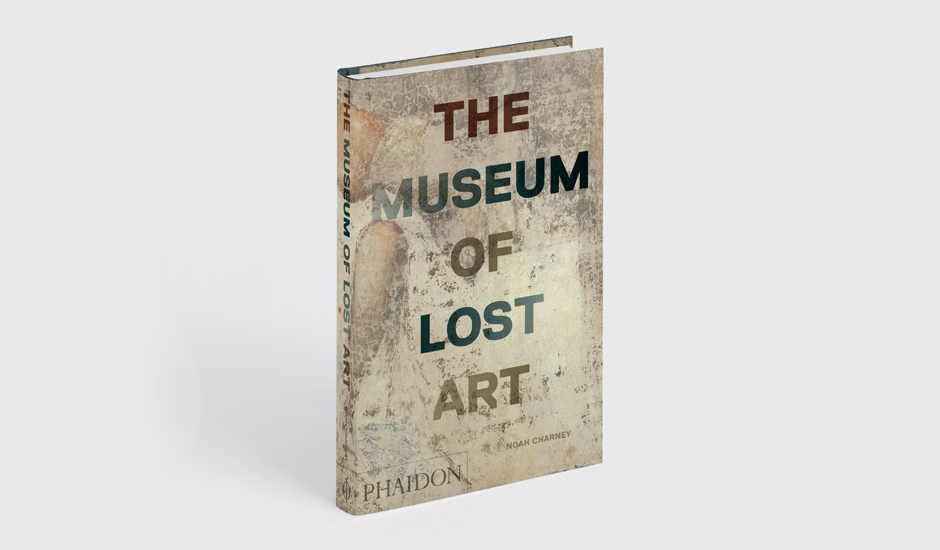
The buried pleasure palace loved by Michelangelo and Raphael
Emperor Nero's Golden House was buried after his reign but it didn't stop these Renaissance masters getting in
Emperor Nero may not have been exactly well liked, but the Roman ruler had no problem spending money on the arts, so long as the arts were for his own enjoyment or glorification.
The scholar and Phaidon author Noah Charney describes the emperor's prodigious pleasure palace, called the Domus Aurea or Golden House, which he had built in Rome around 64-68 AD, on land cleared by the Great Fire of Rome.
“It may have covered as much as 300 acres (120 hectares) and was adorned with frescoes designed by the finest artists of the day,” writes Charney in his new book The Museum Of Lost Art, “the main painters were Famulus and Amulius, according to Pliny’s Natural History.”
These frescos weren’t the Golden House’s only extravagances. Walls were inlaid with gold leaf, ivory and precious stones; there was a rotating ceiling, cranked by slaves, which was supposed to mimic the heavens; and the complex also featured a 30 metre bronze statue of Nero himself.

Little of this wealth survived the end of the Emperor’s rule; as Charney explains, “both Nero’s reign and the palace he built were condemned by those who followed, and for a decade following his death items of value were removed from it and repurposed, from marble panels to statues to jewels and furniture.”
However, the brilliant, classical frescos could not be removed from the walls of the building, and instead, during the reign of emperor Titus (29-81 AD) “rooms were filled with earth, buried along with the memory of one of the most feared and despised of all Roman emperors,” Charney writes.
Yet, this was not the end of Nero’s pleasure palace. “It was not uncommon for Roman locals who enjoyed a bit of adventure to break through ceilings of buried buildings and descend into them, exploring as far as they could by torch or lamplight,” writes Charney.
Nero’s Domus Aurea was rediscovered towards the end of the 15th century, and soon Renaissance artists were dropping into the buried palace to admire the works.
“The frescoes they encountered on the walls were new and exciting and inspired the contemporary art of the day,” writes Charney. “The term grotesque refers to the type of decoration found in grotte, Italian for ‘grottoes’ or caves, designs that were adapted during the Renaissance and later Baroque periods to decorate all manner of art, from walls to furniture.”

Raphael and Michelangelo both visited the site, alongside, later, prominent figures, such as Casanova and the Marquis de Sade. The Golden House has been sealed up once more, for fear of further collapse. Nevertheless, its influence lives on the Renaissance; art that was commissioned for the glory of one emperor went on to fuel that great European, artistic rebirth that drew on classical sources, including Nero’s lost, and momentarily recovered frescos.
For more stories behind lost works of art order a copy of The Museum Of Lost Art by Noah Charney here.